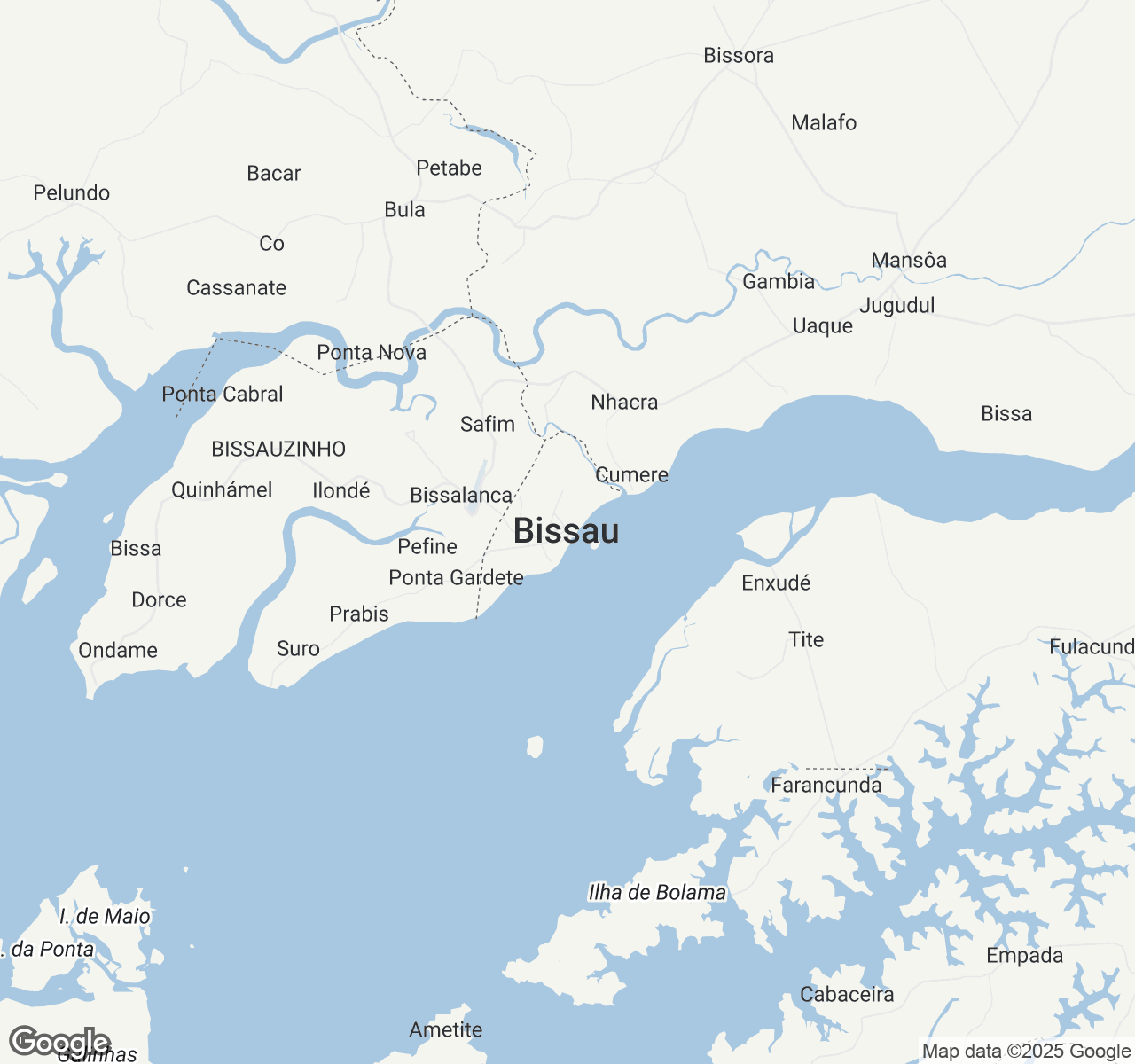
Things to Do in Bissau
Discover the best of Bissau
Plan Your Trip
Essential guides for timing and budgeting
Top Things to Do in Bissau
Discover the best activities and experiences. Book now with our trusted partners and enjoy hassle-free adventures.
Your Guide to Bissau
About Bissau
Where the Atlantic's gentle waves lap against a coastline steeped in centuries of Portuguese colonial history, Bissau emerges as West Africa's most understated capital. This busy city pulses with the rhythm of traditional balafons and the bustling energy of its central markets, where the aroma of cashews mingles with the salt-tinged air. Crumbling colonial facades tell stories of a complex past, while colorful pirogues bob in the harbor, their weathered hulls testament to generations of fishermen who still rise before dawn. In Bissau's tree-lined streets, time seems to flow differently – conversations linger over strong coffee, children's laughter echoes from neighborhood squares, and the warm smiles of locals invite you into a world where community bonds run deeper than any guidebook can capture. This is a place where authenticity isn't performed for tourists but lived daily, where every sunset over the Geba River feels like a personal revelation, and where the genuine spirit of Guinea-Bissau reveals itself to those willing to slow down and truly listen.
Travel Tips
Transportation: Negotiate taxi fares before entering, as meters are rarely used. Local 'toca-toca' shared minibuses cost around 200-500 CFA francs but can be crowded. For airport transfers, pre-arrange hotel pickups or use established taxi services to avoid overcharging.
Money: Bring euros in cash as ATMs are unreliable and credit cards rarely accepted. Exchange money at banks or established hotels rather than street vendors. Keep small denominations (1000-5000 CFA notes) for daily purchases and tips.
Cultural Respect: Greet elders first and use both hands when giving or receiving items. Dress modestly, especially when visiting mosques or rural areas. Ask permission before photographing people, and avoid pointing with your index finger – use an open hand instead.
Food Safety: Stick to bottled water and avoid ice in drinks. Choose busy restaurants with high turnover for freshest meals. Try the national dish, jollof rice with fish, at local eateries during lunch hours when food is freshly prepared and hot.
When to Visit
The optimal time to visit Bissau is during the dry season from November to April, when temperatures range from 24-32°C (75-90°F) and rainfall is minimal at just 5-20mm monthly. December through February offers the most comfortable weather with cooler evenings and consistent sunshine, making this peak season with accommodation prices 40-60% higher than off-season rates. March and April see rising temperatures but remain pleasant with fewer crowds and moderate pricing. The rainy season (May-October) brings heavy downpours, high humidity, and temperatures of 26-35°C (79-95°F), with July and August receiving 400-500mm of rainfall monthly. However, this period offers 30-50% lower prices and lush, green landscapes. Key festivals include Carnival in February/March with busy street parades, Independence Day celebrations on September 24th, and the Tabanka cultural festival in December. Photography enthusiasts should visit during late dry season (March-April) for dramatic landscapes, while budget travelers benefit from rainy season discounts. Business travelers should avoid August when many offices close. Culture seekers will find the most real feels during harvest season (November-January) when traditional ceremonies are frequent.

Bissau location map